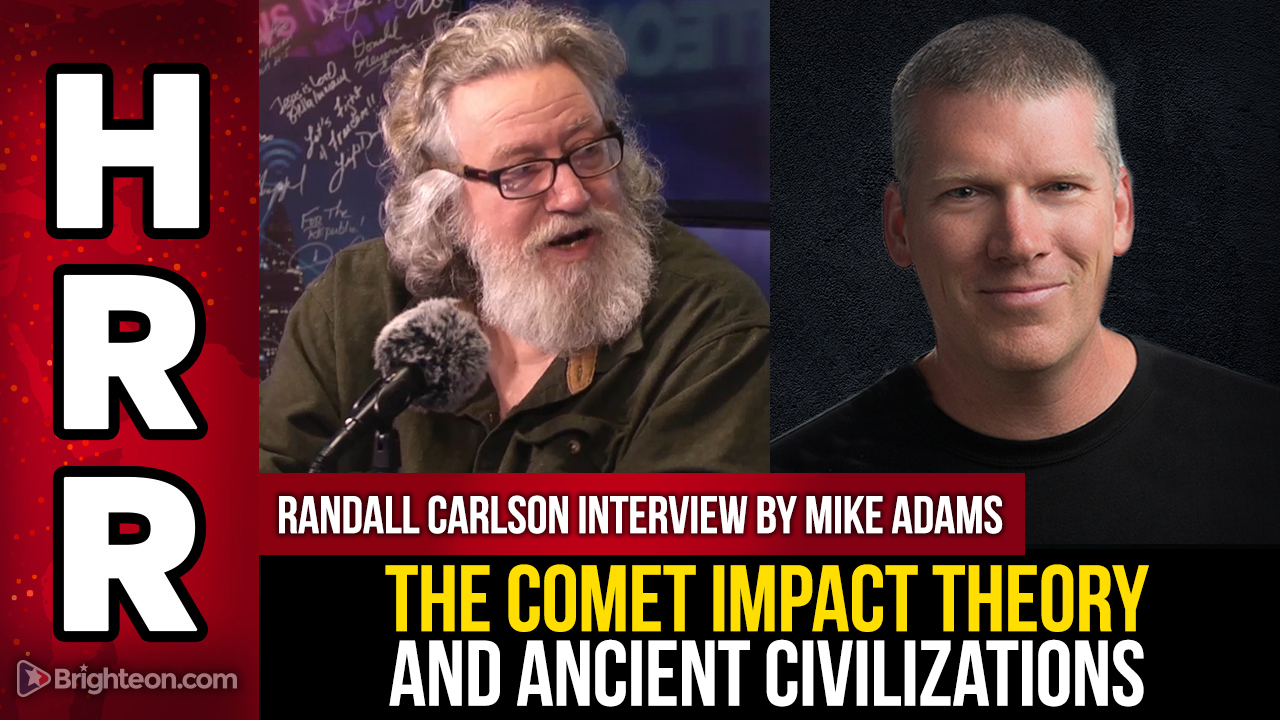
A team from the Australian National University (ANU) has made this conclusion after studying radioactive dust found at the bottom of our oceans. While this dust is in small enough amounts that it presents no harm to humans, it does give clues about the nature of the part of space our planet is flying through.
The presence of this dust, a rare isotope of iron forged in supernovae called iron-60, contributes to a growing body of evidence that our planet is still moving through an interstellar cloud of dust that could have originated from a supernova that occurred millions of years ago.
The researchers, led by ANU physicist Anton Wallner, published their findings in the Proceedings of the National Academy of Sciences.
Radioactive stardust is constantly falling to Earth
Iron-60 has been the focus of many studies over the years. It has a half-life of 2.6 million years, which means it completely decays after 15 million years. This means that any samples left here on Earth must have been deposited from elsewhere – the only other possible source of iron-60 would have been from the Earth’s formation, and any which formed during that time would have already completely decayed by now.
Previously, Wallner had found seabed deposits of iron-60 that he dated back to 2.6 and 6 million years ago, suggesting that stellar debris from supernovae had rained down on the Earth during these times. (Related: Study: Multiple supernovae triggered a mass extinction millions of years ago.)
However, new evidence has been found of this iron-60 stardust falling on our planet more recently – much more recently.
Iron-60 has been found in the Antarctic snow that seems to have fallen to Earth within the last 20 years. Meanwhile, the National Aeronautics and Space Administration’s (NASA) space-based Advanced Composition Explorer has also detected iron-60 in the space around Earth.
Now, Wallner has found even more iron-60. The new evidence comes from five samples of deep-sea sediments from two locations dating back to 33,000 years ago. In addition, the amounts of iron-60 in the samples are pretty consistent over the time period.
Wallner’s new finding, however, raises more questions than it answers.
Searching for an ancient supernova
The Earth is currently traveling through a region called the Local Interstellar Cloud, which is made up of dust and plasma. If this region was made up of supernova debris, then it would be reasonable to expect that it’s dusting the planet with a faint rain of iron-60. Other findings, such as the ones from the Antarctic, support this.
If the Local Interstellar Cloud is the source of the iron-60, however, then there should have been a sharp increase when our solar system entered the cloud, which was within the last 33,000 years. With this in mind, the oldest of Wallner’s latest samples should have a significantly lower amount of iron-60, but they do not.
With this in mind, the researchers note in their paper that it’s possible that the Local Interstellar Cloud and the supernova debris are coincident, rather than one structure. This means that the former is not the remains of a supernova.
“There are recent papers that suggest iron-60 trapped in dust particles might bounce around in the interstellar medium,” Wallner stated. “So the iron-60 could originate from even older supernovae explosions, and what we measure is some kind of echo.”
The researchers noted that the best way to find out if this is the case is to look for more iron-60, specifically for deposits covering the game between around a million years ago and 40,000 years ago.
Should the amount of iron-60 grow greater further back in time, then that would lend credence to the argument that they come from an ancient supernova separate from the Local Interstellar Cloud.
However, if the iron-60 be present in greater abundance more recently, then it would reaffirm that the Local Interstellar Cloud is its source.
Follow Space.news for more interesting discoveries about our stellar neighborhood.
Sources include:
Please contact us for more information.























